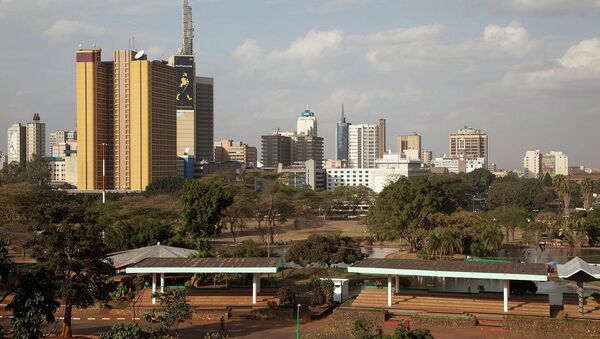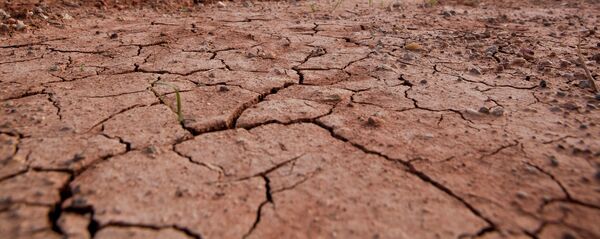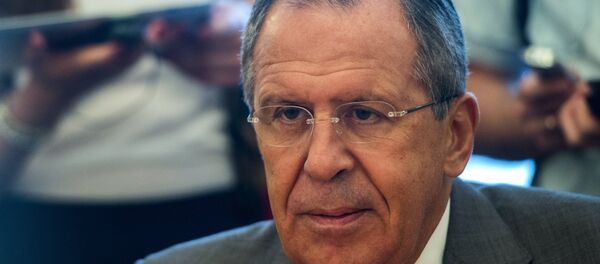MOSCOW (Sputnik) – In late April, Russian and Ethiopian foreign ministers met in Moscow and discussed the issue of outstanding debt relief.
Russia has been writing off Ethiopia’s debt since 1998 which at the time stood at $5 billion.
"The Ethiopian and Russian sides have agreed to use the remaining amount of the debt owed by Ethiopia to Russia ($162.2 million) for development projects to be carried out in Ethiopia, under a scheme proposed by Russia, called ‘debt for development’,” Grum Abay Teshome said.
"They are in the engineering area, science and technology and innovation. Once they are finished we will present them to the Russian side. I think they will be presented before September," the ambassador explained.
Russian companies need to be active in the market of the Ethiopian development projects as they face competition from Chinese firms, the Ethiopian ambassador said.
"They [Russian companies] have to be very active because the Chinese are there. The Chinese have always been around, but we want to diversify some of the infrastructure projects," Grum Abay Teshome said.
According to the ambassador, Addis Ababa needs Russia’s technology and expertise. Gazprombank, one of the largest banks in Russia, and the Inter RAO energy firm are looking for expanding their operations in the country, he said.
He added that Ethiopia is grateful to Chinese for their work, and hope that the international companies, including from Russia, become more active in the country.
In 2011, Inter RAO created a subsidiary to work on equipment deliveries for power plants abroad, with Ethiopia being one of the priority countries. The company launched a tender for a survey and evaluation of the technical condition of equipment of the Malka Wakana hydropower plant three years later. The plant was built by the Soviet Union in 1988.
In 2014, a subsidiary of Gazprombank and the Ethiopian leadership signed an agreement on production sharing at a promising hydrocarbon field in the country’s north. The Russian bank reportedly intended to spend some $2 million on the project.



